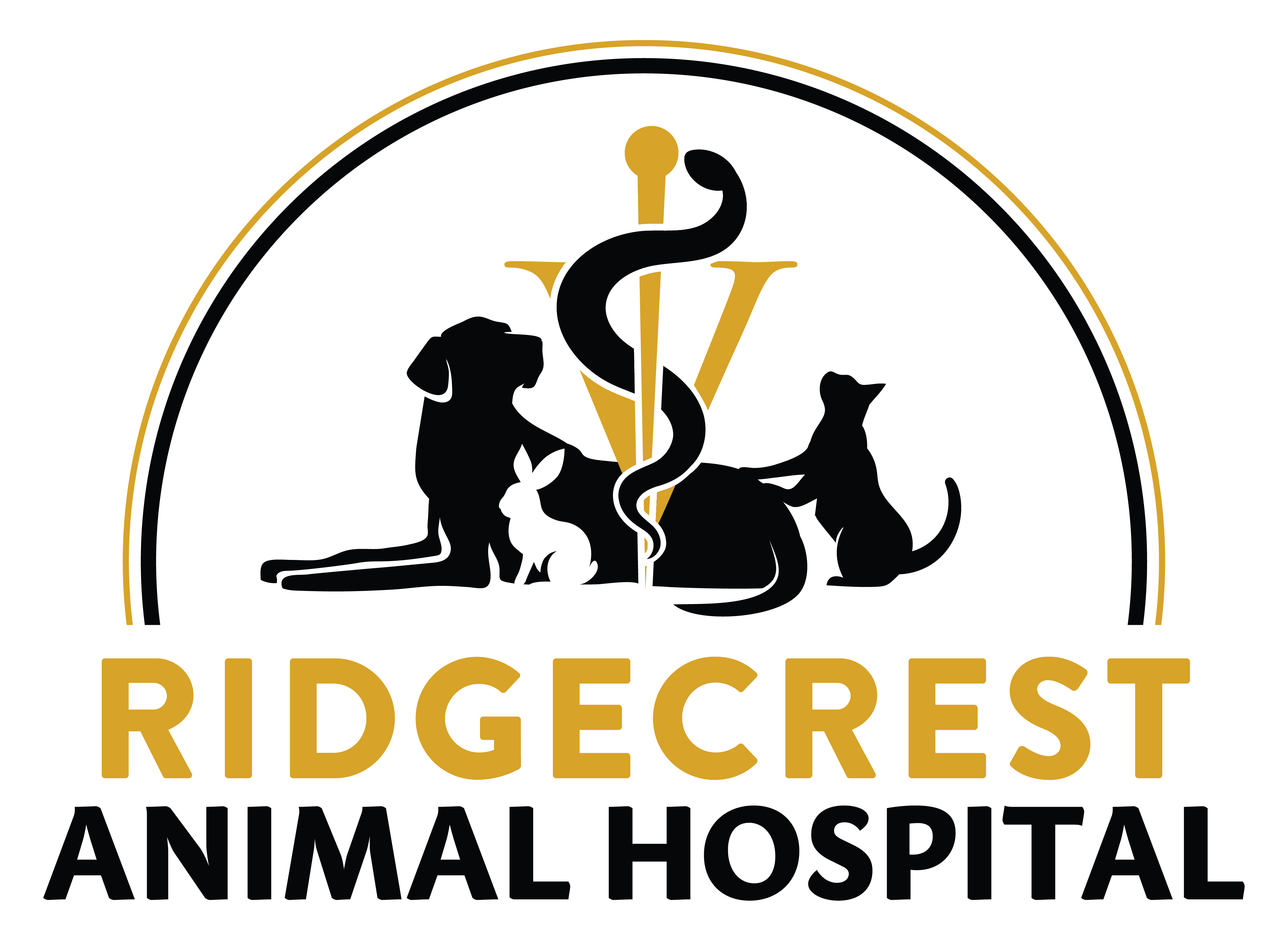Library
-
Vaccines for Cats
Recientes avances en la medicina veterinaria han resultado en un aumento en el número y tipo de vacunas disponibles para los gatos. Además cada día van apareciendo mejoras que hacen que las vacunas sean más seguras y eficaces.
-
Vaginitis refers to inflammation of the vagina and can be a result of several possible underlying causes. Prognosis is generally good, especially if the underlying cause is identified and treated early. The most common clinical signs of vaginitis include increased frequency of urination, licking of the vaginal area, vaginal discharges, and scooting or rubbing of the vaginal area. Diagnostic testing to determine the cause of a dog's condition is helpful in identifying the appropriate antibiotic treatment.
-
New birds should be examined by an avian veterinarian within the first couple of days after purchase or adoption. Pet birds should receive routine annual veterinary examinations. A physical examination allows a veterinarian to notice subtle signs of disease before they are obvious. Your veterinarian will discuss the need for testing with you depending on the findings of the physical examination. Tests, including blood tests and fecal analysis, are performed routinely to monitor the current state of health of the bird. The specific tests your veterinarian suggests will depend on your bird's age, size, species, and health status.
-
The physical examination is a crucial part of assessing the health of a new pet bird. Your first visit with an avian veterinarian should also include a thorough discussion of proper nutrition, housing, care, grooming, and training/socialization. Additional tests may be recommended during the exam.
-
The Vizsla is a Hungarian pointer, utilized by the Magyar nomadic tribe along with their falcons, to hunt birds and track game. They need a lot of vigorous activity, but as long as they get it, they are gentle enough to lie quietly by Grandpa's feet as he snoozes.
-
Vomiting in Dogs
El vómito no es una enfermedad sino un síntoma que aparece en diferentes enfermedades. Muchos casos de vómitos son autolimitantes, cesan espontáneamente en pocos días y en raras ocasiones son consecuencia de enfermedades graves como el cáncer.
-
Vomiting in Cats
Un vómito es la expulsión activa de la comida desde el estómago. Los vómitos pueden ser causados por problemas en el estómago, pero también pueden presentarse como signo clínico de muchas otras enfermedades y problemas. El vomitar no es una enfermedad específica por sí mismo. Los gatos vomitan con relativa facilidad.
-
Vulvoplasty, also known as episioplasty, is a surgical procedure that your veterinarian may recommend to correct a conformational issue known as a recessed vulva. Your veterinarian will remove a crescent-shaped piece of tissue from above the vulva, allowing the skin to be pulled upwards into a more normal conformation. This procedure is performed under general anesthesia. Your pet will be intubated with an endotracheal tube. After surgery, you will need to give pain medications and antibiotics as directed and keep your dog confined/restricted for approximately two weeks. Skin sutures, if used, can typically be removed 10-14 days after surgery.
-
Walking is an excellent way for dogs to burn more calories while working toward weight loss. A short leash and head halter or harness are recommended to keep the walk going at a consistent pace. Gradually work up to several 30-minute walks per day.
-
Warfarin is given by mouth and is used off label to treat abnormal clotting in dogs and occasionally horses. Give as directed. The most common side effect is abnormal bleeding, and this should be reported to your veterinarian. Do not use in pets that are allergic to it, pets with bleeding diseases, active bleeding, aneurysm, acute kidney disease, brain bleeds, blood cell diseases, uncontrolled high blood pressure, liver disease, certain types of carcinoma, pets about to undergo certain surgical procedures, or pets that are pregnant. If a negative reaction occurs, please call the veterinary office.

